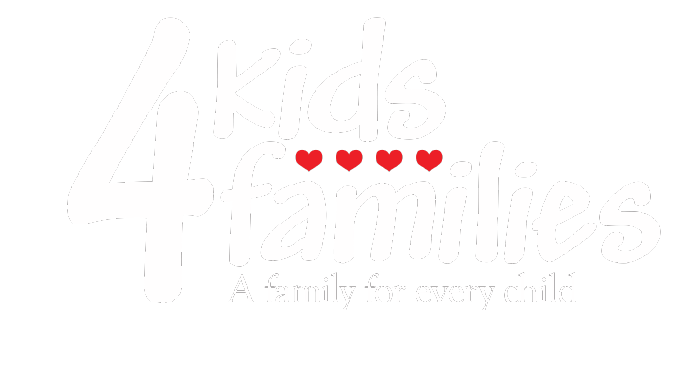How It Works: Your Journey to Change a Life Starts Here
When you set out to become a foster parent, the steps are simple, but the impact can last a lifetime—for both you and the child you’re opening your home to. Whether you’re still considering it or ready to move forward, knowing the process can help you feel more prepared and supported. Here’s how fostering works and how you can make a meaningful difference, one step at a time.
Step 1
Find an Agency
Ready to make a difference? Your first step is choosing a local provider agency to guide you.
Start Your Search
Step 2
Complete Training
Next, your provider agency will guide you through completing all required training.
Step 3
Start Fostering
Open your home to a child in need and join a supportive, like-minded community.
Contact us to access fostering resources and support.
Contact Us
Foster Care 101 Meetings
Thinking About Fostering?
Our Foster Care 101 Meeting is the perfect place to start. This virtual session will give you the chance to learn more, ask questions, and discover which foster care agency is the best fit for you. Come explore how you can change a life—maybe even your own.
Start Your Journey
Ready to make a difference? Your first step is choosing a local provider agency to guide you.
